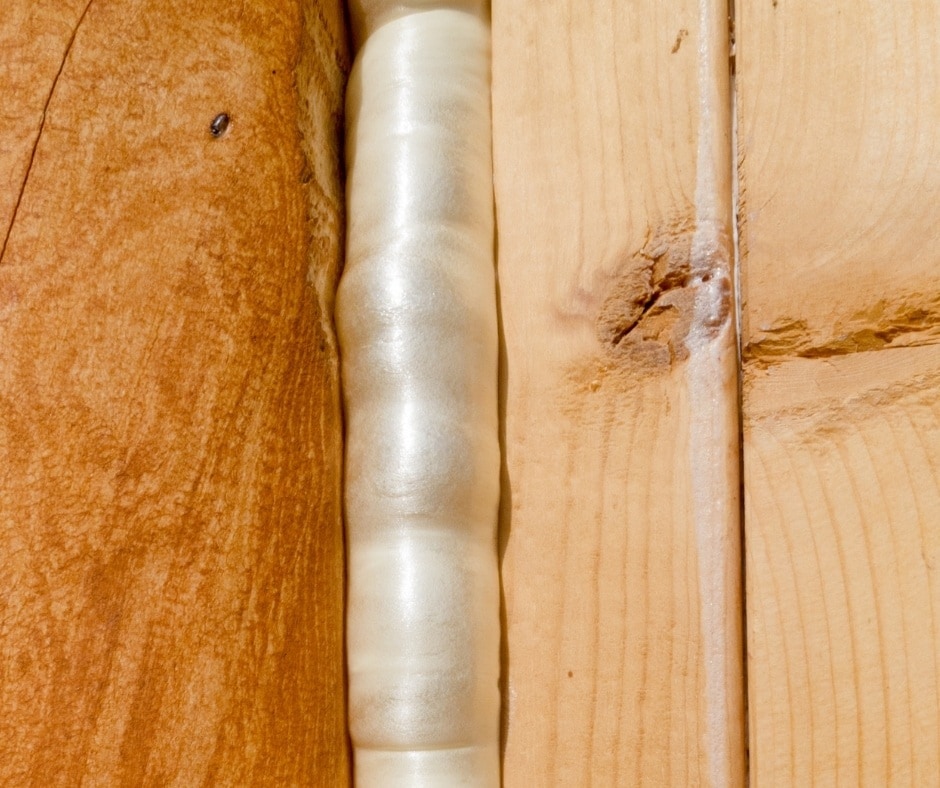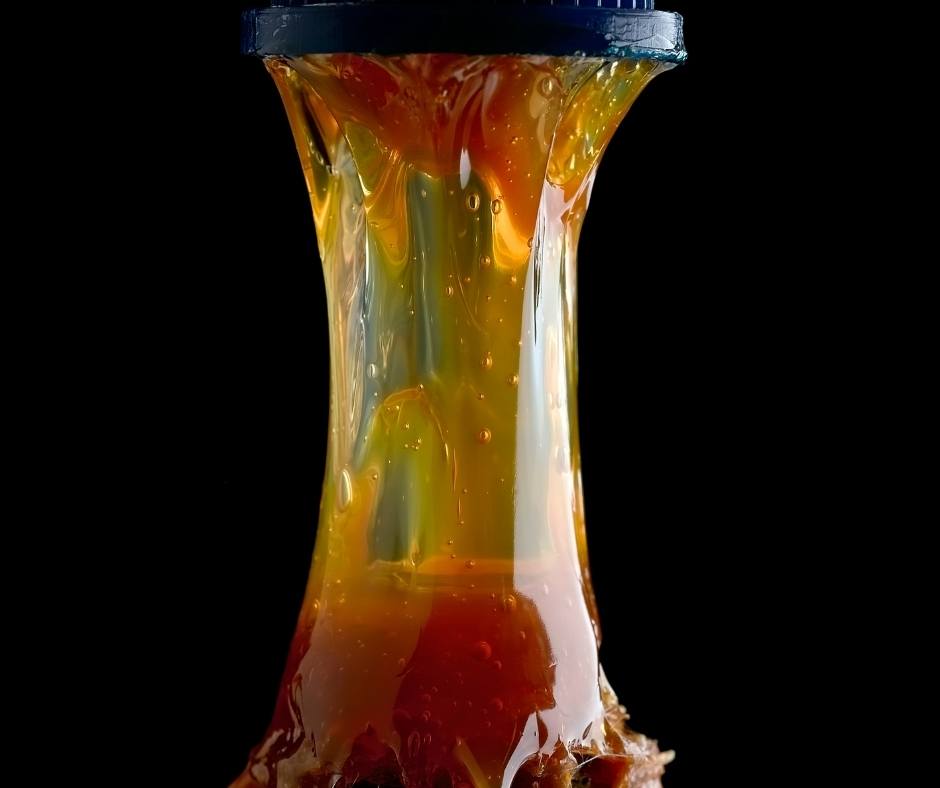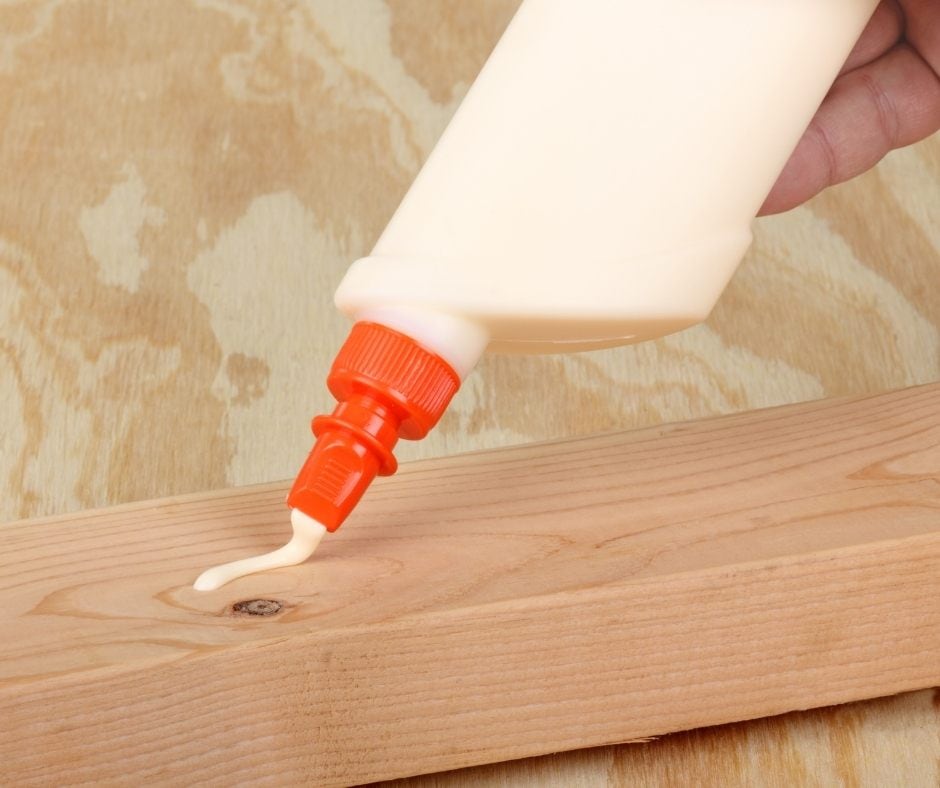When it comes to good old DIY, adhesives are important. Both Liquid Nails and wood glue can be useful in projects. Liquid glue is mostly used for larger construction projects. Opposingly, wood glue is for more day-to-day projects. But, when put to the test, which is better?
In this article, we’ll put the two types of glue to the test. We’ll go through several categories before concluding. Liquid Nails for wood can be an option, but is it best? Let’s find out.
In This Article We'll Discuss
Can you use Liquid Nails as glue?
Liquid Nails for wood can be an easy glue option. The design affords itself to easy application. Its adhesive properties ensure that it will glue two things together. You will indeed be able to glue things together.
However, just note that Liquid Nails does take 24 hours to dry. You’ll often need to lay the glue down and let it dry for a long time. Also, when using Liquid Nails, be sure to wear protective gear. The solvents are toxic until dry, so try not to inhale them.
Long story short, yes you can. But, you might have to go through a few more steps.
Liquid Nails Vs wood glue
Now let’s compare these two different types of glue. We’ll look at drying time, sealing gaps, safety, cleaning, and bonding strength.
Drying time

Once you have applied the Liquid Nails, it will take around 24 hours to dry. Although you need to leave it for a full day, Liquid Nails suggests you leave it as long as possible. They state that it will reach maximum strength within 7 days. So, if you’re looking for a quick job, Liquid Nails isn’t for you.
These figures are also for perfect conditions. Things like humidity and temperature will also significantly change the drying time.
On the other hand, wood glue dries relatively quickly. Unlike the 24 hour wait for Liquid Nails, wood glue dries in a few hours. It’ll only take a few hours before it’s completely dry.
Due to the clear difference in drying wins, wood glue wins this round.
Sealing gaps on wood

If you need to seal gaps on wood, you could use either. Both will fill the hole and get the job done. However, Liquid Nails will become brittle over time. As it dries and the substrates dissipate, it will become more brittle. If you’re looking to fill a hole, this could create problems in the future.
Wood glue, on the other hand, fills holes well. It will easily trickle into place. This, combined with the faster dry time, will ensure you can fill any hole.
Once again, this round goes to wood glue!
Which is safer?

They make Liquid Nails from solvents. While it is still drying, these solvents are toxic and flammable. You need to take care not to inhale the fumes when using Liquid Nails. However, once Liquid Nails has dried, these solvents will dissipate. Once it is dry, the product will no longer be flammable or toxic.
They make wood glue from PVA. Due to this, even when drying, it is non-toxic and non-flammable. You won’t have any safety problems with wood glue.
Although both are safe when dry, this round goes to wood glue. Considering that it is always safe, Liquid Nails just misses out due to its drying toxicity.
Which one is easier to clean?

Liquid Nails is incredibly sticky. If you get any on your skin, it can be hard to remove. Or, even if it touches a surface you don’t want, it will stick there. Often it will be stuck for good! If you need to remove it, you’ll need some petroleum jelly to get it off.
Meanwhile, wood glue only really needs water and soap to get it off. If you get it on your skin, you’ll just need to wash that area. This also leads back into the safety question, showing wood glue as much safer.
All in all, wood glue is definitely much easier when it comes to cleaning.
Which one has the stronger bond?

Liquid Nails is primarily used for construction. Due to this, it is incredibly strong. The high strength and multiple purposes allow it to bond many different textiles. You can use it on concrete, tiles, metals, plastic, anything really. That considered, Liquid Nails does very well in this category.
On the other hand, while wood glue is effective in some cases, it is far from industrial strength. You would never find wood glue on a construction site. While it is great for DIY projects, it doesn’t cut it in the long run.
In this category, the hands-down winner is Liquid Nails.
Is Liquid Nails better than wood glue?

Adding together all of our categories, it seems that wood glues comes out on top. For drying time, safety, sealing gaps, and cleaning, wood glue wins. That’s four categories, against Liquid Nails’ one single category. Liquid Nails won in strongest bonding, but still lost the majority of the categories.
When it comes to industrial or construction use, Liquid Nails is definitely a winner. The amount of strength needed in those environments lends itself to a stronger glue. Considering how difficult Liquid Nails is to use in everyday life, it loses overall.
With four out of five categories, wood glue wins overall!
Conclusion
If you’re choosing between using Liquid Nails or wood glue, go for wood glue. It’s unlikely that you’re working on a product that requires such intense amounts of strength. Bond strength is really the only category that Liquid Nails wins in. Therefore, unless you need something strong, wood glue will get the job done.

